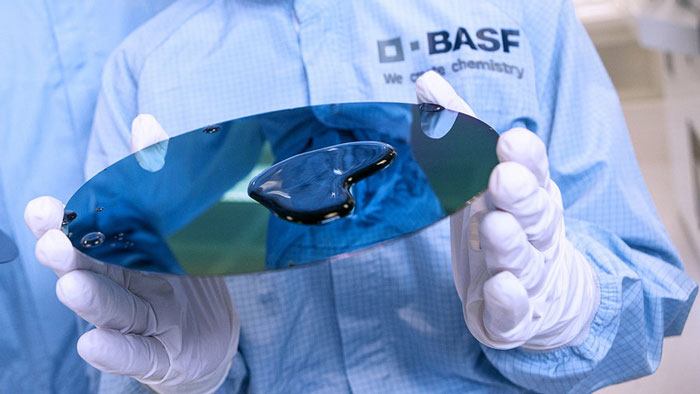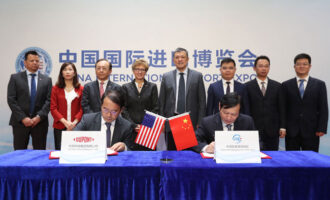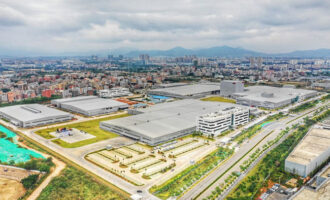
BASF announces reorganization, says focus will be on organic growth
BASF announced that it would reorganize its existing product portfolio from four to six segments starting next year. Currently, these four segments are: Chemicals, Performance Products, Functional Materials & Solutions and Agricultural Solutions.
As of 1 January 2019, BASF will have six segments, each containing two operating divisions, with the exception of Agricultural Solutions, which will continue to be comprised of one division:
- Chemicals (Petrochemicals and Intermediates)
- Materials (Performance Materials and Monomers)
- Industrial Solutions (Dispersions & Pigments and Performance Chemicals)
- Surface Technologies (Catalysts and Coatings)
- Nutrition & Care (Care Chemicals and Nutrition & Health)
- Agricultural Solutions
Announcing its new strategy on 20 November, BASF said it will focus primarily on organic growth through capital expenditures and innovation, but will make acquisitions where necessary.
“Our main emphasis will be on designing processes to be efficient and reliable. Businesses, where we cannot achieve such a position, will eventually be exited,” said Martin Brudermüller at the presentation of BASF’s new strategy in Ludwigshafen, Germany, where the chemical company is headquartered.
As part of the further development of the organization, BASF is creating leaner structures for services, in R&D and in governance functions. The company said it will embed significant parts of the functional services into the operating divisions. Moreover, the remaining functional and research activities will be more efficiently organized. Approximately 20,000 employees worldwide will be directly or indirectly affected by this reorganization.
“We expect all these measures to result in better differentiation of the business units as well as substantial productivity gains,” said Chief Financial Officer and Vice Chairman of the Board of Executive Directors, Hans-Ulrich Engel.
When appropriate, greater decision-making authority will be transferred to the business units.
“This means we will enable more entrepreneurial freedom, but also assign clear responsibilities,” said Engel.
To ensure that BASF captures potential market opportunities in every country, the company will introduce complementary market development models. The operating divisions will decide which local markets they will treat as focus markets served by their own personnel and in which markets they will hand over the business mandate to local country organizations.
Furthermore, BASF has established a process simplification task force to focus on making key processes less complicated. The company will simplify and shorten processes and enable faster decision-making.
“Competitiveness and customer relevance are achieved through excellence in processes and technologies. Our new strategic alignment will now bring our research units closer to business and customer needs,” said Brudermüller.
BASF’s research and development will be more closely connected organizationally and thus more focused on customer needs. This will help to shorten the time to market and accelerate the company’s organic growth.
Further, recognizing the unprecedented opportunities that digitalization can offer along the entire life cycle of BASF’s assets, digitalization will become an integral part of BASF’s business. BASF aims to digitalize processes at more than 350 of its plants worldwide by 2022.
These measures are part of BASF’s new strategy, which aims for both profitable and CO2-neutral growth. BASF generated sales of more than EUR 60 billion (USD68 billion) in 2017.
Brudermüller highlighted the positive developments in recent years: “Since 2012, our income from operations before depreciation, amortization and special items has grown on average by 8% per year, considerably faster than the 3% increase in fixed costs per year.”
BASF’s earnings growth thus also outpaced the 3.7% annual increase in global chemical production. Moreover, there was strong development in free cash flow in recent years and a high return on capital employed (ROCE), most recently 15.4%.
The Asian market, where BASF is already very well established, plays an important role in its growth strategy. With a world market share of more than 40%, China is the largest chemical market and drives the growth of global chemical production.
“By 2030, China’s share of the market will increase to nearly 50% and we want to participate in this growth,” said Brudermüller. “Our new Verbund site in Zhanjiang in Guangdong province and the expansion of the site in Nanjing will significantly enhance our growth in this dynamic market.”
echo '








